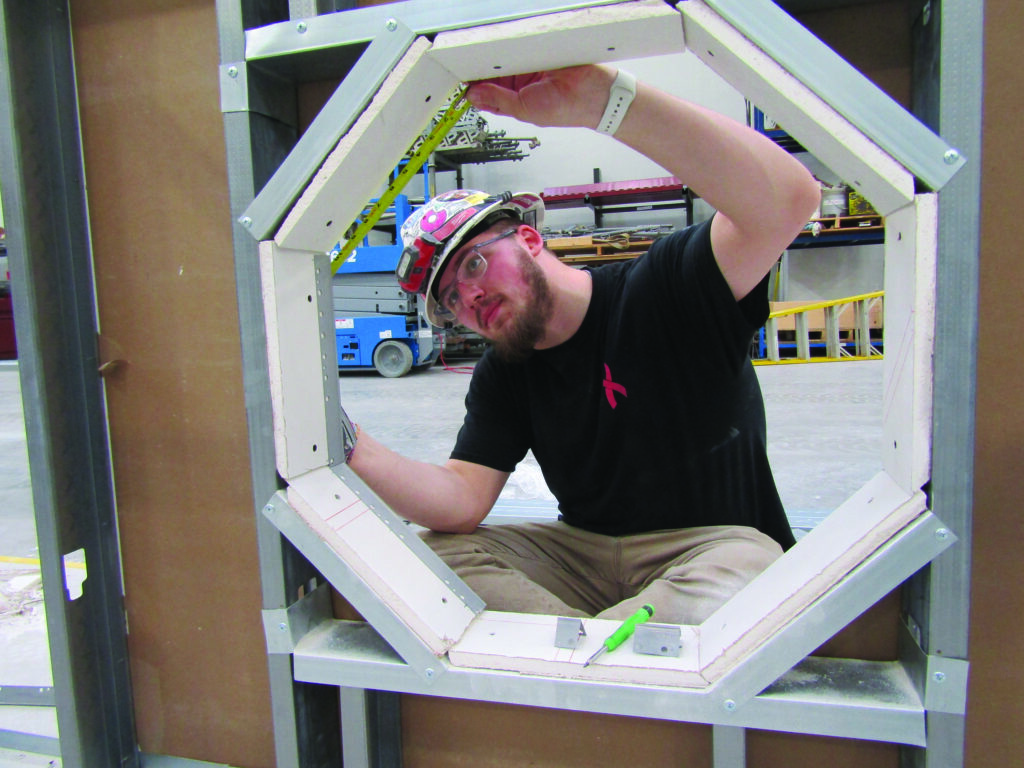
Donald Sheriff of Joy, Illinois, works on a mock-up exercise during a carpentry lesson at the Mid-America Carpenters Regional Council (MCRC) Apprentice & Training Program Quad Cities Campus in East Moline. CREDIT DAVE THOMPSON
Roger Richardson was recently thinking about the future of carpentry in the Quad Cities.
The training coordinator was looking over a room filled with 21 young men about to take their first step to possibly become apprentice carpenters. They all gathered at the Mid-America Carpenters Regional Council (MCRC) Apprentice & Training Quad Cities Campus in East Moline to begin learning about the trade,…

Want to Read More?
Get immediate, unlimited access to all subscriber content and much more.
Learn more in our subscriber FAQ.
Do you want to read and share this article without a paywall?







